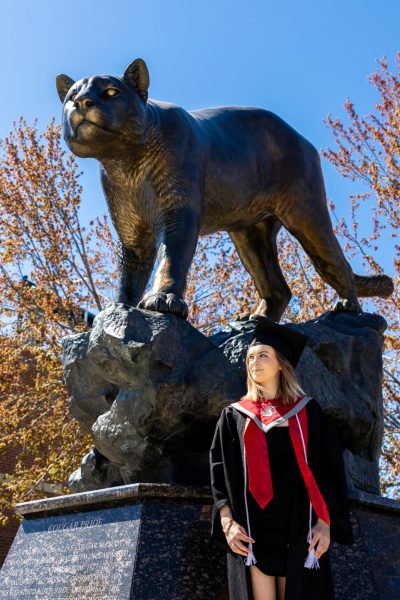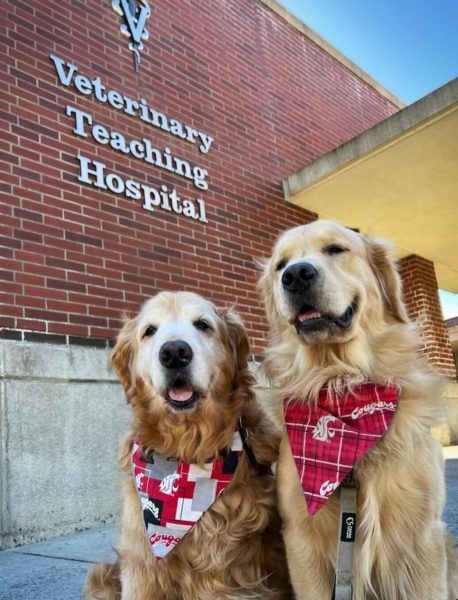GPSA hosts research exposition
A graduate student shows his research at the Graduate Student Research Exposition in the CUB Friday.
March 30, 2016
{{tncms-asset app=”editorial” id=”3b7a50c0-f61a-11e5-b56c-ab0ed64e55ad”}}
Packed with hundreds of research projects and designs, WSU’s Academic Showcase and GPSA’s Research Exposition gave students and faculty the opportunity to share their projects with the public.
One of the presenters, Jessica Klein of the School for Global Animal Health, is studying how salmonella interacts with cells within the body and avoids the immune system.
She said she is focusing on type three secretion, a very common factor in some bacteria. She is working to find out how this system is responsible for helping salmonella interact with the host cell and cause disease.
Funding is a big hurdle, Klein said, as the lab for salmonella research is small in size. In addition, creating the constructs for the research and how salmonella interacts with different bacteria has proved to be challenging, Klein said.
“To make these constructs is incredibly difficult,” Klein said. “It’s taken me almost three years just to get where I am.”
Having found the different types of bacteria that can functionally replace parts of the salmonella secretion system, Klein said she wants to figure out how this affects the inside of a cell. Factors such as the secretion system are what gives bacteria the ability to cause disease, Klein said.
“Targeting that and understanding how it works on a very fundamental level is going to be very important in deciding the next generation of antibiotic and vaccine treatments,” Klein said.
In another research project, Jacob Elder of the Veterinary Microbiology and Pathology department looked at how salmonella causes disease in both humans and chickens. Elder said a long stretch of genetic material in the genome of salmonella may be related to the cause of disease in both humans and chickens.
Initially, there was a lot of trial and error, Elder said.
“It really takes kind of a lot of fine tuning to get the experimental design and kind of figure out just how everything needs to go for the experiments to run smoothly,” Elder said.
Elder said mice and chickens were infected with salmonella to see how well salmonella survived in both hosts. The mice served as models for how the disease would affect humans.
While these salmonella genes don’t seem to affect chickens, Elder said the genes contributed to the survival of salmonella within the liver and gastrointestinal tract of mice.
Laura Ahlers of the School of Molecular Biosciences is studying the West Nile virus, spread via mosquitoes, and the immune response in mammals and insects to this virus. West Nile virus is endemic in the U.S., Ahlers said, there being over 2,000 cases in 2015.
In addition, Ahlers said 60 percent of cases infected human nerve cells. She also said this research is important in developing vaccines and therapeutics, as there is no treatment for West Nile virus.
“In a small way, I’m helping with curing a virus that so many people are affected by,” Ahlers said.



















